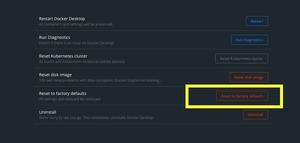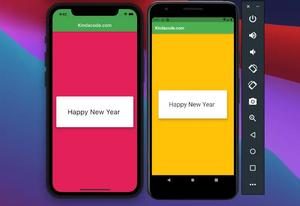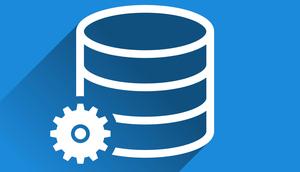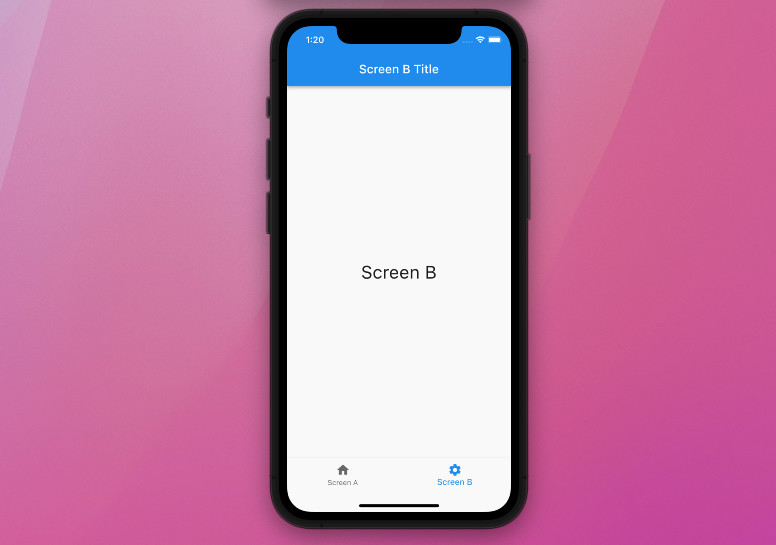
In general, a bottom navigation bar displays two to five tabs at the bottom of a screen of a mobile or web app. Each tab contains an icon and an optional text label.
In Flutter, you can easily implement a bottom tab bar and its tabs by using the built-in widgets named BottomNavigationBar and BottomNavigationBarItem, respectively.
Table of Contents
Example
App Preview
To demonstrate how to work with BottomNavigationBar, we’ll build a tiny Flutter app that contains 2 screens (ScreenA and ScreenB). To navigate between them, you can use the bottom tab bar. Here’s how it works at the end:
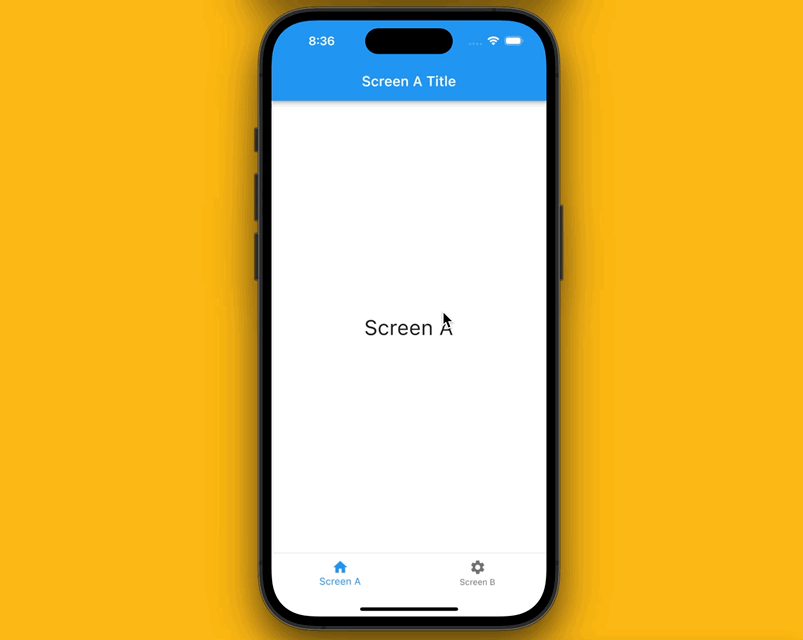
Writing Code
1. Create a new Flutter app:
flutter create my_app 2. In the lib directory, create 2 new files: screen_a.dart and screen_b.dart. Here’s the file structure in the lib folder:
.
├── main.dart
├── screen_a.dart
└── screen_b.dart3. Add this to screen_a.dart:
// screen_a.dart
import 'package:flutter/material.dart';
class ScreenA extends StatelessWidget {
const ScreenA({Key? key}) : super(key: key);
@override
Widget build(BuildContext context) {
return const Center(
child: Text(
'Screen A',
style: TextStyle(fontSize: 30),
),
);
}
}4. Add this to screen_b.dart:
// screen_b.dart
import 'package:flutter/material.dart';
class ScreenB extends StatelessWidget {
const ScreenB({Key? key}) : super(key: key);
@override
Widget build(BuildContext context) {
return const Center(
child: Text(
'Screen B',
style: TextStyle(fontSize: 30),
),
);
}
}5. Remove all the default code in main.dart and add the following:
// main.dart
import 'package:flutter/material.dart';
import './screen_a.dart';
import './screen_b.dart';
void main() {
runApp(const MyApp());
}
class MyApp extends StatelessWidget {
const MyApp({Key? key}) : super(key: key);
@override
Widget build(BuildContext context) {
return const MaterialApp(
// Hide the debug banner
debugShowCheckedModeBanner: false,
title: 'Kindacode.com',
home: MyHomePage(),
);
}
}
class MyHomePage extends StatefulWidget {
const MyHomePage({Key? key}) : super(key: key);
@override
State<MyHomePage> createState() => _MyHomePageState();
}
class _MyHomePageState extends State<MyHomePage> {
int _selectedScreenIndex = 0;
final List _screens = [
{"screen": const ScreenA(), "title": "Screen A Title"},
{"screen": const ScreenB(), "title": "Screen B Title"}
];
void _selectScreen(int index) {
setState(() {
_selectedScreenIndex = index;
});
}
@override
Widget build(BuildContext context) {
return Scaffold(
appBar: AppBar(
title: Text(_screens[_selectedScreenIndex]["title"]),
),
body: _screens[_selectedScreenIndex]["screen"],
bottomNavigationBar: BottomNavigationBar(
currentIndex: _selectedScreenIndex,
onTap: _selectScreen,
items: const [
BottomNavigationBarItem(icon: Icon(Icons.home), label: 'Screen A'),
BottomNavigationBarItem(icon: Icon(Icons.settings), label: "Screen B")
],
),
);
}
}6. Launch an iOS simulator or an Android emulator and run:
flutter runConstructors
BottomNavigationBar:
BottomNavigationBar({
Key? key,
required List<BottomNavigationBarItem> items,
ValueChanged<int>? onTap,
int currentIndex = 0,
double? elevation,
BottomNavigationBarType? type,
Color? fixedColor,
Color? backgroundColor,
double iconSize = 24.0,
Color? selectedItemColor,
Color? unselectedItemColor,
IconThemeData? selectedIconTheme,
IconThemeData? unselectedIconTheme,
double selectedFontSize = 14.0,
double unselectedFontSize = 12.0,
TextStyle? selectedLabelStyle,
TextStyle? unselectedLabelStyle,
bool? showSelectedLabels,
bool? showUnselectedLabels,
MouseCursor? mouseCursor,
bool? enableFeedback,
BottomNavigationBarLandscapeLayout? landscapeLayout
})BottomNavigationBarItem:
BottomNavigationBarItem({
required Widget icon,
String? label,
Widget? activeIcon,
Color? backgroundColor,
String? tooltip
})References
- Bottom navigation (material.io)
- Tab Bars (developer.apple.com)
- BottomNavigationBar class (flutter.dev)
- BottomNavigationBarItem class (flutter.dev)
Conclusion
We’ve examined an end-to-end example of implementing a simple material bottom tab bar. If you’d like to explore more new and interesting things about Flutter, take a look at the following articles:
- Flutter: Convert UTC Time to Local Time and Vice Versa
- 4 Ways to Format DateTime in Flutter
- Flutter: FilteringTextInputFormatter Examples
- Flutter & Hive Database: CRUD Example
- Flutter and Firestore Database: CRUD example
- Flutter: 2 Ways to Make a Dark/Light Mode Toggle
You can also check out our Flutter category page or Dart category page for the latest tutorials and examples.







